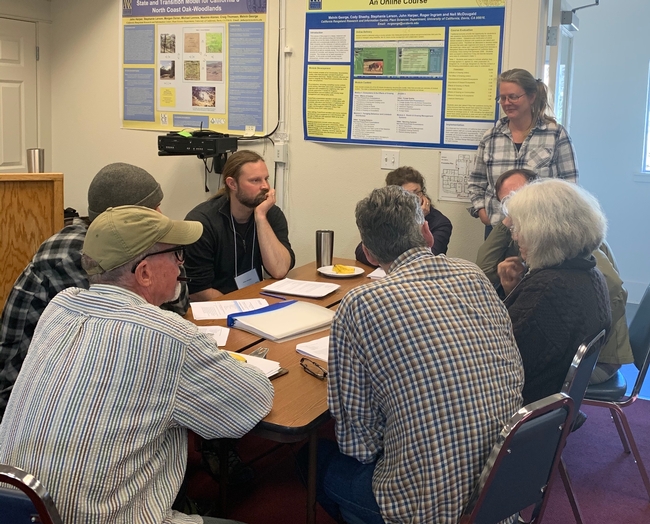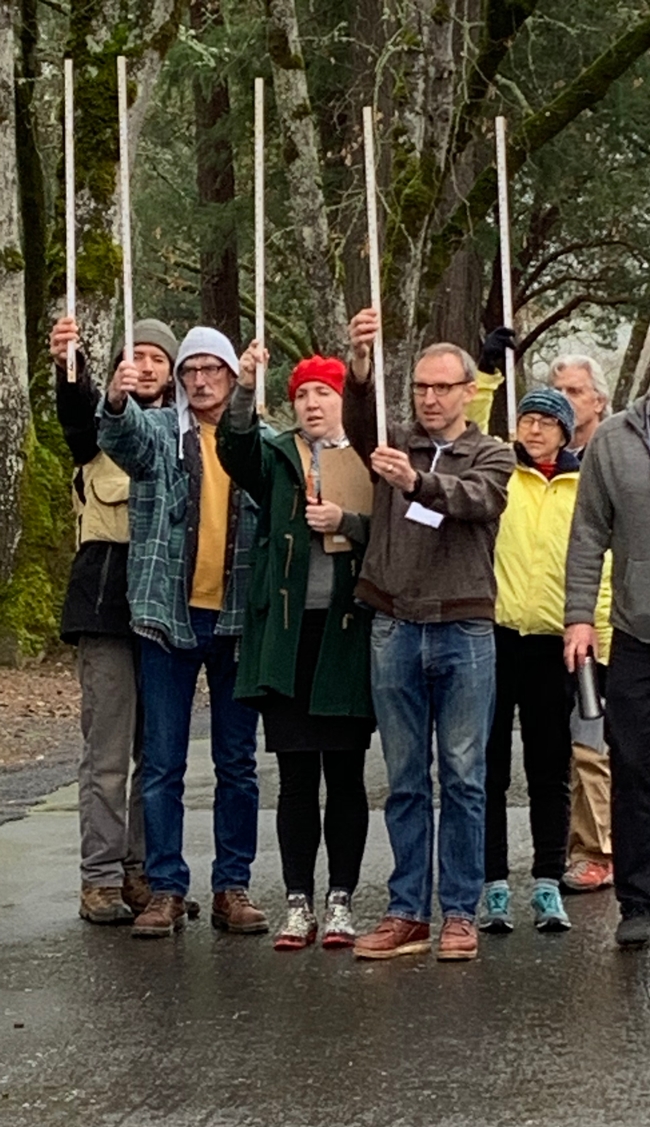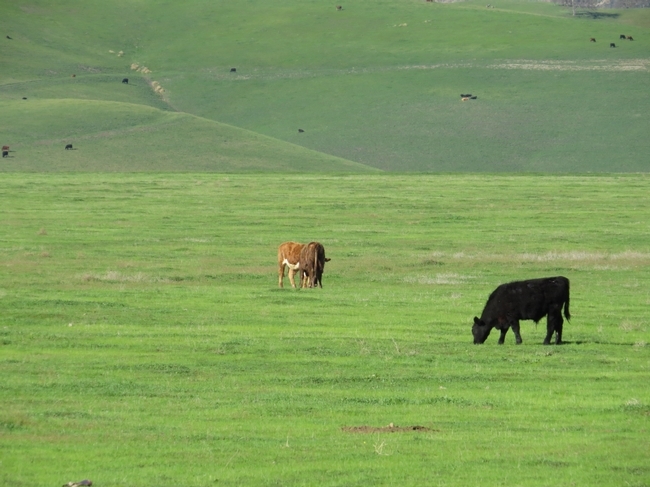February 3, 2020 – By Kim Ingram – Private forestland landowners have a unique opportunity to enjoy the economic, ecological and social benefits forests offer. The public also benefits from private forests as they play a critical role in the connectivity and functioning of the larger forest ecosystem.
According to the National Woodland Owner Survey, California family owned forest land covers 6.3 million acres with approximately 70% of owners living or working directly on this forest land. Owners cite the values of privacy and the physical beauty of the forest as the primary reasons for ownership.
The opportunity to preserve the health and diversity of their forests contributes to why landowners take action to protect their homes and forestlands with an eye to passing it on to future generations. Protection of forest resources through active management is what forest stewardship is all about.
A forest management plan is an owners guide to the what, where, why and how of active forest management. The plan clearly describes the current and desired conditions of the forest resources, what short and/or long-term goals the landowner has for the land, what management actions can be taken to achieve those goals, and what resources are needed for implementation.

Forestry and forest ecology learning session. (Photo: Kim Imgram)
A completed plan can also help the landowner meet grant requirements when collaborating with state and federal agencies for project funding. Yet for all that a forest management plan can do, less than 15% of private forest land owners have a plan. Through a contract with CalFire, and in association with Forest Landowners of California, USFS Region 5, the American Forest Foundation, California Association of Resource Conservation Districts, and the California Fire Safe Council, UC ANR is hosting a series of three-day workshops throughout northern California to help landowners develop a forest management plan to increase the resilience of their forestland and help them meet their ecological and economic management goals.
The workshops address landowner management objectives and planning, forest restoration, fuels reduction, project development, permitting, and cost-share opportunities. Participants will connect with other landowners and learn how to collect information to develop their own management plans. Participants who complete their plans will be eligible for a free visit by a Registered Professional Forester to assess its content and discuss next steps.
Upcoming workshops are:
March 7, 8 and 14 at Shasta College, Redding
April 25, 26 and May 9 at Government Center, Mariposa
June 27, 28 and July 11 at Blodgett Forest, Georgetown
Registration for the workshop costs $60. Lunches and materials will be provided. To register, please go to http://ucanr.edu/forestryworskhopregistration.

Measuring tree height using a Biltmore Stick. (Photo: Kim Ingram)
For more information on forestland stewardship, see: https://ucanr.edu/sites/forestry/Forest_Stewardship/
Source: UC ANR







